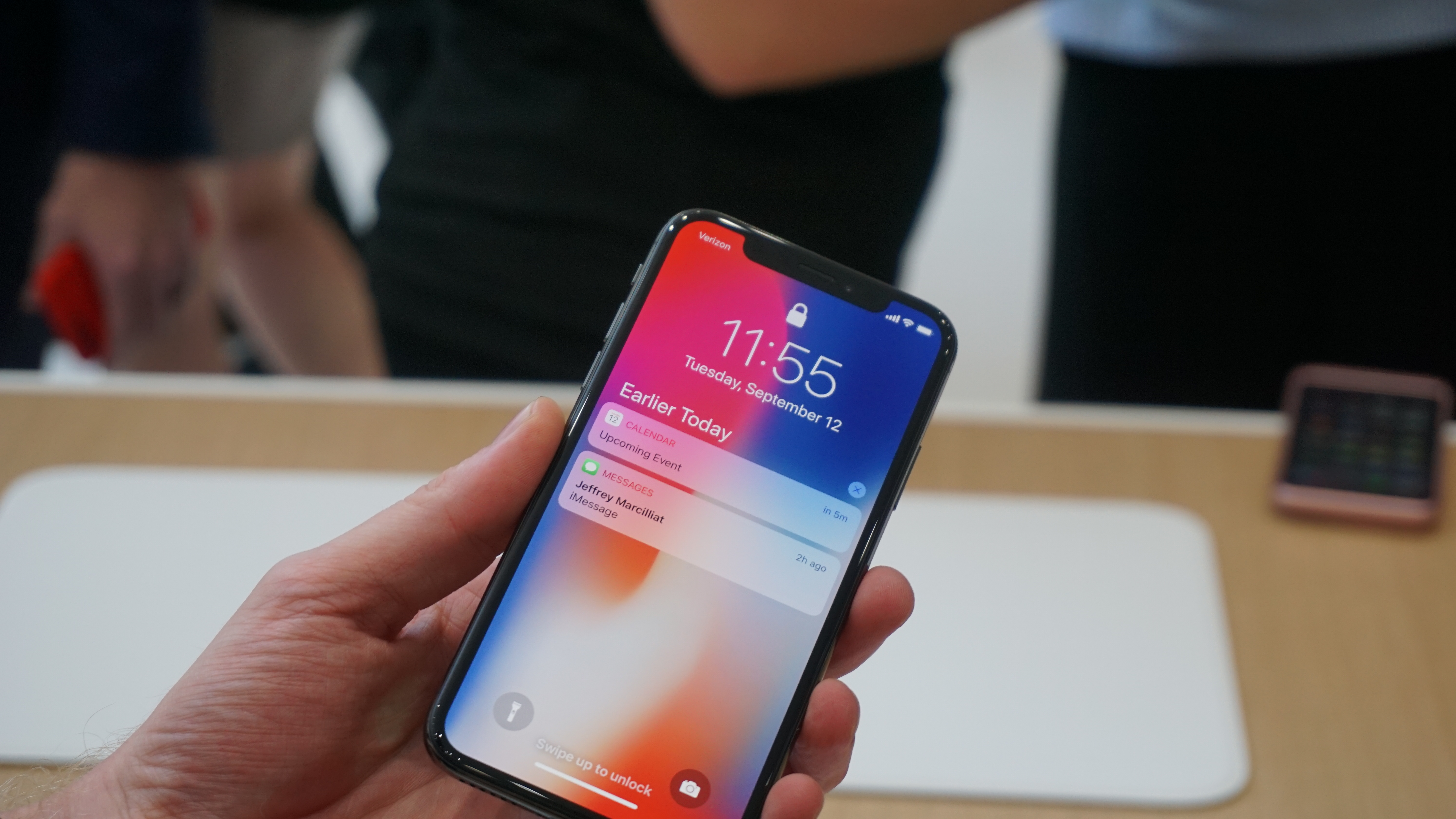iPhone X could be in short supply - with Face ID to blame?
New tech, new problems

The iPhone X isn’t hitting stores until November 3, but even then it might only be available in very limited numbers.
Several reports have been suggesting as much for months already, and today we’re hearing another, with the 3D sensors used for Face ID apparently to blame.
Speaking to Nikkei Asian Review, two “executives working for iPhone suppliers” said that only tens of thousands of iPhone X units were being produced each day, and this was down to difficulties in building usable 3D sensor parts.
With Apple likely to sell tens of millions of handsets, supply could be extremely tight for a long time if it’s really only building tens of thousands of units daily.
However, Jeff Pu, an analyst at Taipei-based Yuanta Investment Consulting, also spoke to the publication, and was slightly more optimistic.
He too claimed that 3D sensors were to blame for remaining production issues, but estimated that around 2 million iPhone X units have been built during September and that mass production should begin in the second week of October, with roughly 10 million units being built by the end of that month.
By the end of the year he reckons 40 million units will be built, which is 5 million less than he previously estimated, but more than the executives mentioned above seemed to be suggesting.
Get daily insight, inspiration and deals in your inbox
Sign up for breaking news, reviews, opinion, top tech deals, and more.
Mounting evidence
Although we’re more inclined to listen to sources direct from the supply chain than from an analyst (especially one who hasn’t said where his information comes from), Pu’s claims do tally with other recent reports.
A week ago we heard that iPhone X mass production wouldn’t begin until mid-October, and prior to that another analyst had claimed that around 40 million iPhone X units would be shipped by the end of the year.
Whatever the case, there seems to be agreement that iPhone X supplies will initially be tight. But how tight and for how long remains to be seen.
- The iPhone 8 and iPhone 8 Plus should be more readily available
Via BGR
James is a freelance phones, tablets and wearables writer and sub-editor at TechRadar. He has a love for everything ‘smart’, from watches to lights, and can often be found arguing with AI assistants or drowning in the latest apps. James also contributes to 3G.co.uk, 4G.co.uk and 5G.co.uk and has written for T3, Digital Camera World, Clarity Media and others, with work on the web, in print and on TV.